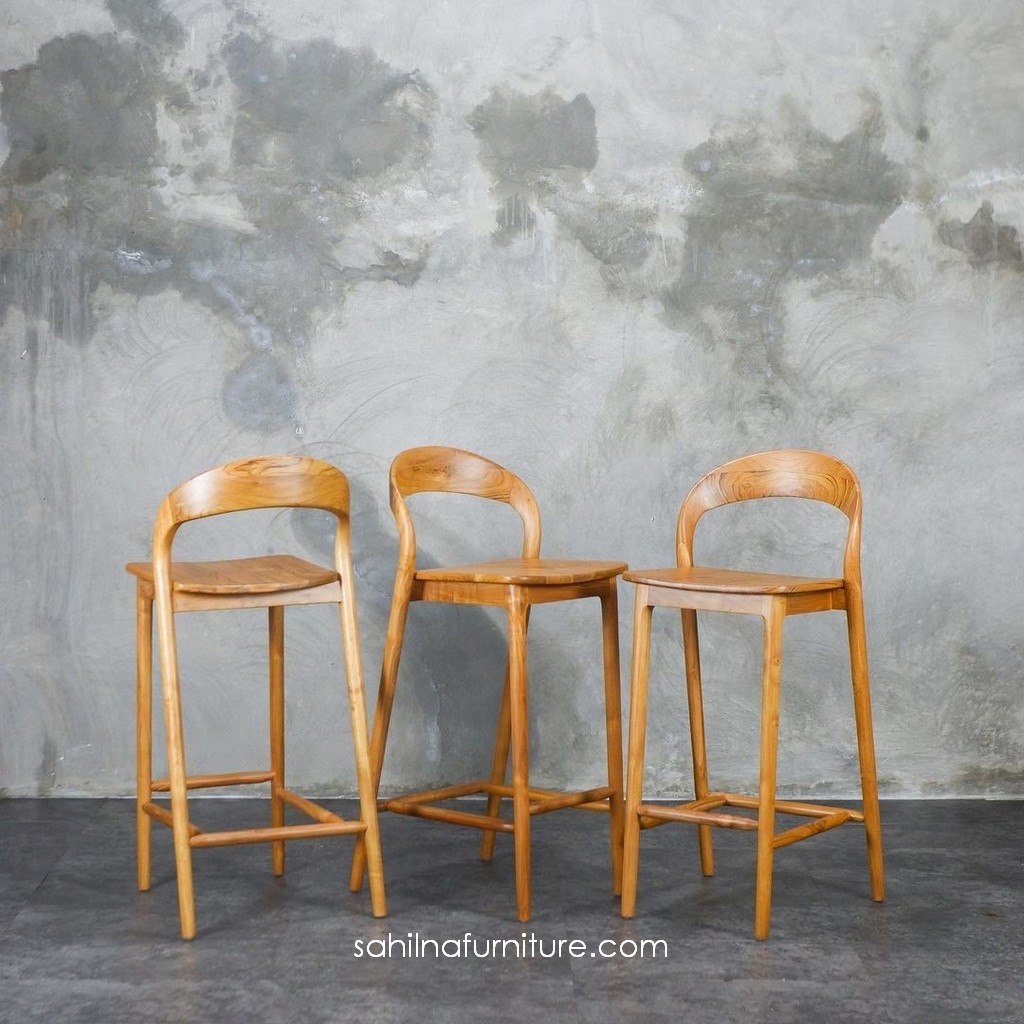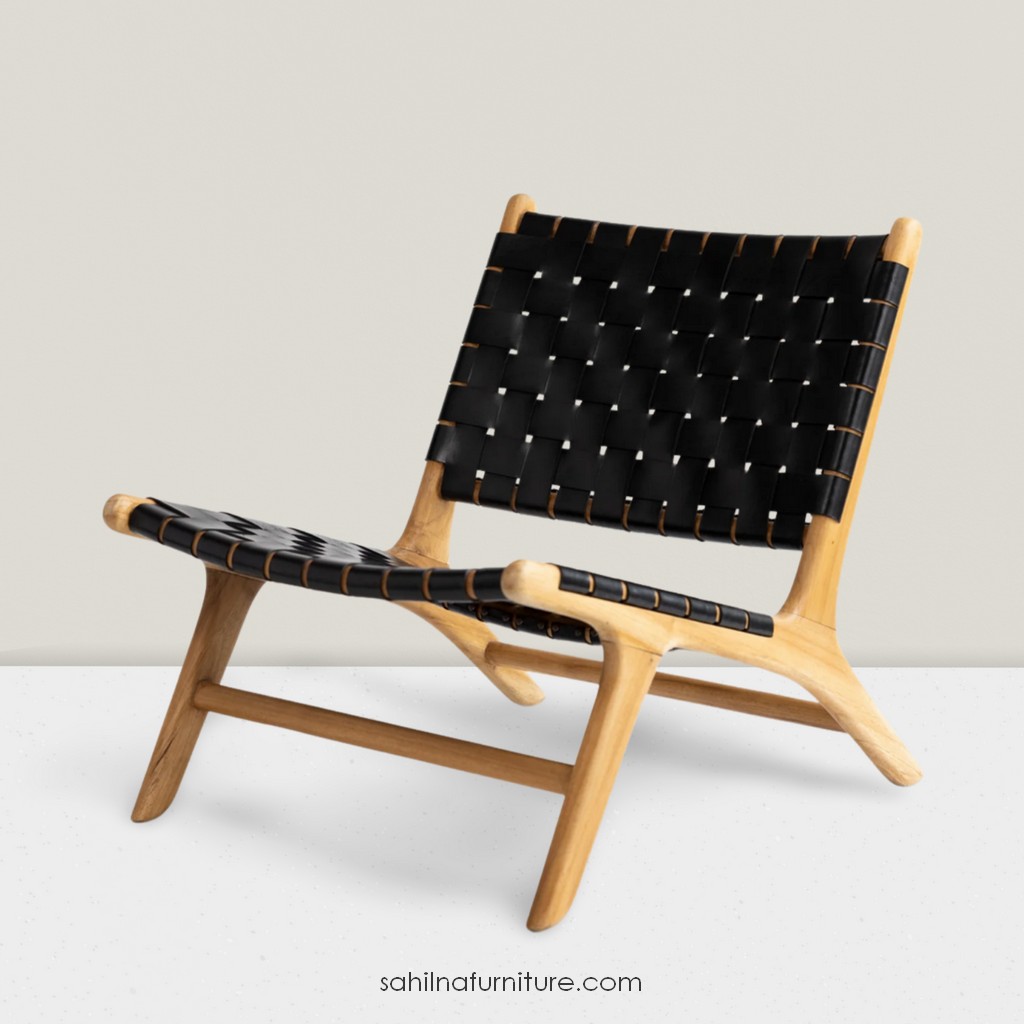Teak wood, or Tectona grandis, is widely regarded as one of the finest materials for furniture making. Known for its exceptional durability, beauty, and versatility, teak has been a favored choice among craftsmen and furniture enthusiasts for centuries. From traditional to contemporary designs, teak wood continues to be a staple in the furniture industry, especially in regions like Southeast Asia, where it is naturally abundant. Here’s a closer look at why teak wood is so highly valued as a furniture material.
1. Exceptional Durability
Teak wood is renowned for its durability. It is a dense hardwood, meaning it is highly resistant to wear and tear. Unlike softer woods, which can easily dent, scratch, or crack, teak stands up well to everyday use. This makes it an ideal choice for furniture that is meant to last for generations, such as dining tables, chairs, cabinets, and bed frames.
The secret behind teak’s durability lies in its high natural oil content. These oils not only give the wood a smooth texture but also provide it with resistance to moisture, rot, and insects. This makes teak wood particularly suitable for outdoor furniture, as it can withstand the elements better than almost any other type of wood. Whether exposed to sun, rain, or extreme temperatures, teak furniture retains its structural integrity and appearance over time.
2. Natural Beauty
One of the most appealing aspects of teak wood is its natural beauty. Teak has a rich, golden-brown color when freshly cut, which can either be maintained with regular oiling or allowed to age gracefully into a distinguished silver-gray patina. This natural aging process is often sought after, as it adds a timeless elegance to the furniture.
Teak’s fine grain and smooth texture further enhance its aesthetic appeal. The wood’s consistent grain patterns make it a versatile material that can be used in a variety of styles, from rustic to modern. Whether it’s left in its natural state or polished to a high sheen, teak wood always adds a touch of sophistication to any piece of furniture.
3. Resistance to Pests and Decay
Teak wood’s high oil content also makes it resistant to pests, such as termites and other wood-boring insects. Unlike many other types of wood, which can be easily infested, teak naturally repels these pests, ensuring that furniture made from this wood remains free from damage.
Additionally, teak’s natural oils prevent decay, even in humid or damp environments. This is why teak has been used for centuries in shipbuilding and other applications where exposure to water is a concern. For indoor furniture, this resistance to decay means that teak pieces can be placed in areas like kitchens and bathrooms without fear of warping or rotting.
4. Ease of Maintenance
Teak wood is remarkably easy to maintain. Its natural oils keep it looking fresh and protected, requiring little more than occasional cleaning to remove dirt and dust. If you wish to maintain its original color, a simple application of teak oil once or twice a year is sufficient. For those who prefer the weathered look, teak can be left untreated, and it will still maintain its strength and durability.
Even when exposed to the elements, teak wood does not require regular sealing or staining like other woods. This makes it a low-maintenance option for those who want beautiful furniture without the hassle of constant upkeep.
5. Versatility in Design
Teak wood’s versatility makes it suitable for a wide range of furniture designs. Its strength allows it to be crafted into intricate shapes and details, making it ideal for both ornamental and functional pieces. Whether used in traditional handcrafted furniture or modern minimalist designs, teak can adapt to various styles while maintaining its integrity.
Moreover, teak’s ability to blend with other materials, such as metal, glass, and fabric, makes it a favorite among designers. It can be used to create everything from robust outdoor sets to sleek indoor furniture, ensuring that teak pieces can fit seamlessly into any decor.
6. Sustainability and Ethical Sourcing
In today’s world, sustainability is a crucial consideration when choosing materials for furniture. Teak wood, when sourced responsibly, is a sustainable choice. Many teak plantations are managed with sustainability in mind, ensuring that the wood is harvested in a way that does not harm the environment.
Certified teak comes from plantations where trees are grown and harvested in cycles, allowing for continuous replanting and minimal environmental impact. By choosing teak furniture from certified sources, consumers can enjoy the benefits of this superior material while supporting sustainable practices.



